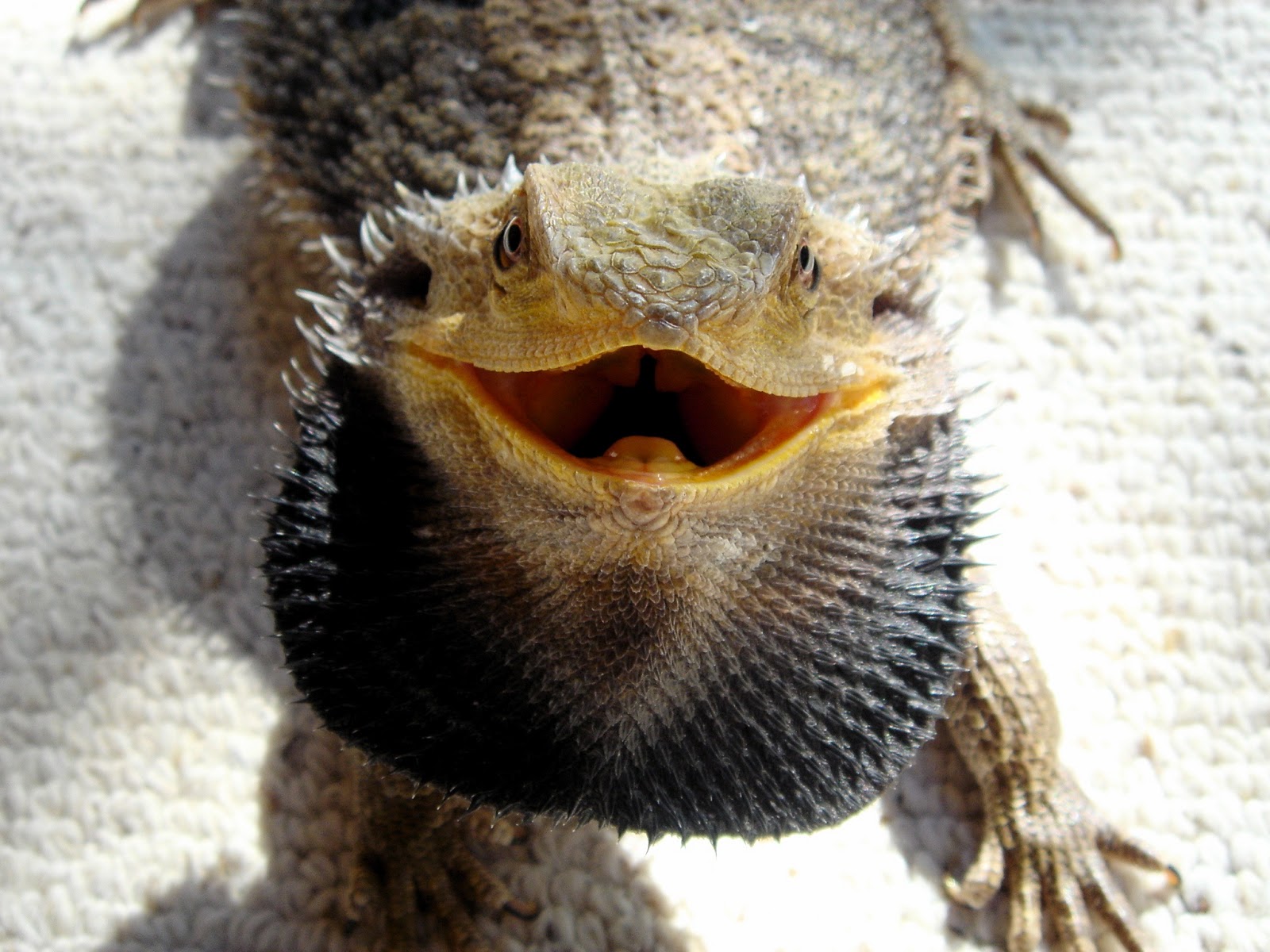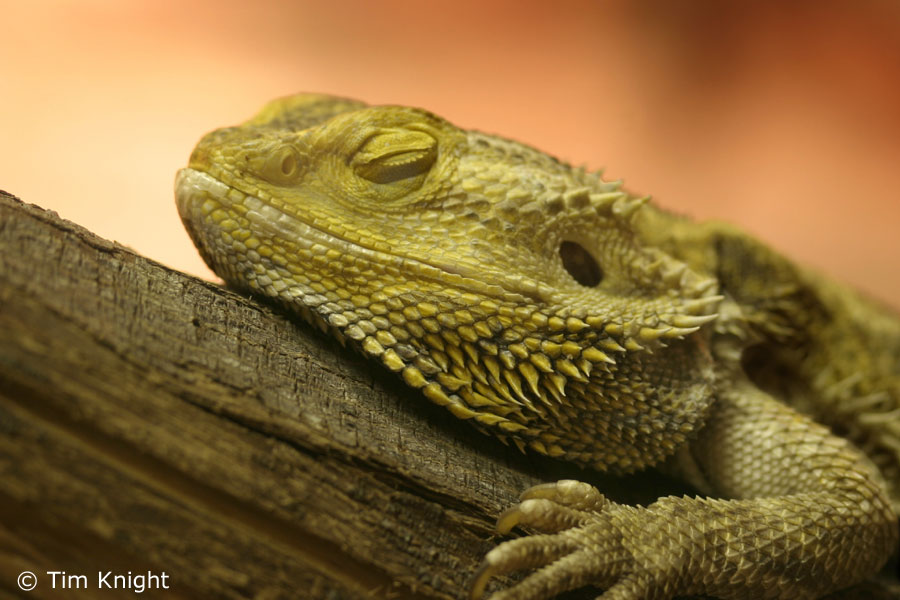Creating the Perfect Adult Bearded Dragon Habitat: A Comprehensive Guide
Introduction
Bearded dragons are one of the most popular reptile pets. They are known for being friendly, curious, and easily tamed. If you are a beginner looking to create the perfect habitat for your adult bearded dragon, this comprehensive guide will provide you with all the information you need.
Vivarium
The first step in creating the perfect habitat for your adult bearded dragon is finding the right vivarium. The size of the vivarium is important to ensure that your bearded dragon has enough space to move around and exercise. The minimum size for an adult bearded dragon vivarium is 4 feet long, 2 feet wide, and 2 feet tall. However, bigger is always better.
The vivarium should be made of glass or plastic and have a secure lid to prevent escape. The lid should be ventilated to provide your bearded dragon with fresh air. The bottom of the vivarium should be lined with substrate, which we will discuss in the next section.

Substrate
Substrate is the material used to line the bottom of the vivarium. The substrate should be safe for your bearded dragon to walk on and easy to clean. Here are some common types of substrate:
- Reptile carpet: This is a washable carpet made specifically for reptiles.
- Paper towels: This is a cheap and easy to clean option.
- Ceramic tile: This is a durable option that is easy to clean.
- Sand: This is a controversial option because it can cause impaction if ingested. If you choose to use sand, make sure it is calcium-based sand.

Lighting and Heating
Bearded dragons require both UVB and heat lamps to stay healthy. The UVB lamp provides your bearded dragon with the necessary vitamin D to absorb calcium, while the heat lamp provides warmth.
The UVB lamp should be on for 10-12 hours a day and should be replaced every 6 months. The heat lamp should be on for 12-14 hours a day and should be replaced every 6 months. The temperature in the vivarium should be between 95-105°F on the basking spot and 75-85°F on the cool side of the vivarium.
Decorations
Decorations provide your bearded dragon with a place to hide, climb, and explore. Here are some common decorations you can add to your bearded dragon’s habitat:
- Basking rock: A rock placed under the heat lamp for your bearded dragon to bask on.
- Branches: Branches for climbing and exploring.
- Hide box: A box for your bearded dragon to hide in.
- Plants: Artificial plants for decoration.

Feeding and Watering
Bearded dragons are omnivores and require a balanced diet of insects and vegetables. Here are some common foods you can feed your bearded dragon:
- Crickets
- Dubia roaches
- Superworms
- Kale
- Collard greens
- Carrots
It is important to provide your bearded dragon with fresh water daily. A shallow water dish can be placed in the vivarium for your bearded dragon to drink and soak in.

Conclusion
Creating the perfect habitat for your adult bearded dragon requires some time and effort, but it will pay off in the long run. By following the guidelines in this comprehensive guide, you can provide your bearded dragon with a safe, healthy, and happy home.
